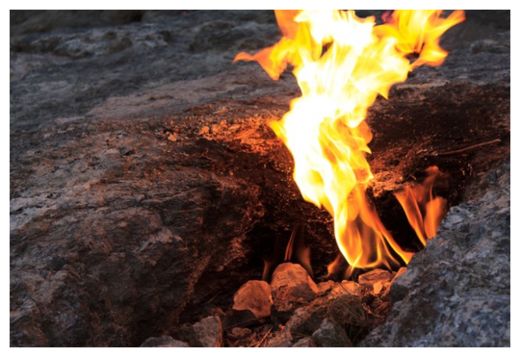A team of Israeli scientists discovered the earliest evidence of unequivocal repeated fire building over a continuous period in the Qesem Cave. This evidence, found at an archaeological site near present-day Rosh Ha'ayin, dates back to around 300,000 years ago.
The researchers identified thick deposits of wood ash in the center of the cave, and infrared spectroscopy helped determine that there were bits of bone and soil that had been heated to very high temperatures mixed in with the ash. This evidence provides conclusive proof that this had been the site of a large hearth.
Dr. Ruth Shahack-Gross of the Kimmel Center for Archeological Science at the Weizmann Institute tested the micromorphology of the ash by using a microscope, helping her and her colleagues see the composition of the materials in the deposit and reveal how they were formed. This method helped the team find the evidence for a hearth that was used repeatedly over time.

The hearth area in the cave included large numbers of burned animal bones, which adds to further evidence that fire was used to cook meat.
Other findings by Shahack-Gross and her team show that these people divided the cave into areas for various household activities, suggesting the cave was a base camp for the prehistoric humans to return back to again and again.
"These findings help us to fix an important turning point in the development of human culture - that in which humans first began to regularly use fire both for cooking meat and as a focal point - a sort of campfire - for social gatherings," Shahack-Gross said in a statement.
"They also tell us something about the impressive levels of social and cognitive development of humans living some 300,000 years ago."
The team believes these findings are signs of substantial changes in human behavior and biology that began in new forms of culture and a new human species about 400,000 years ago.




Reader Comments
to our Newsletter